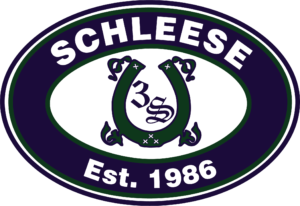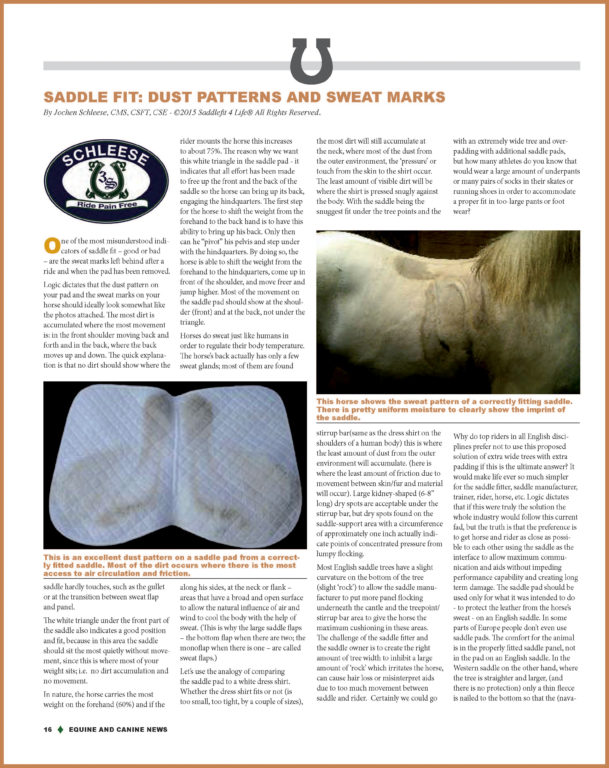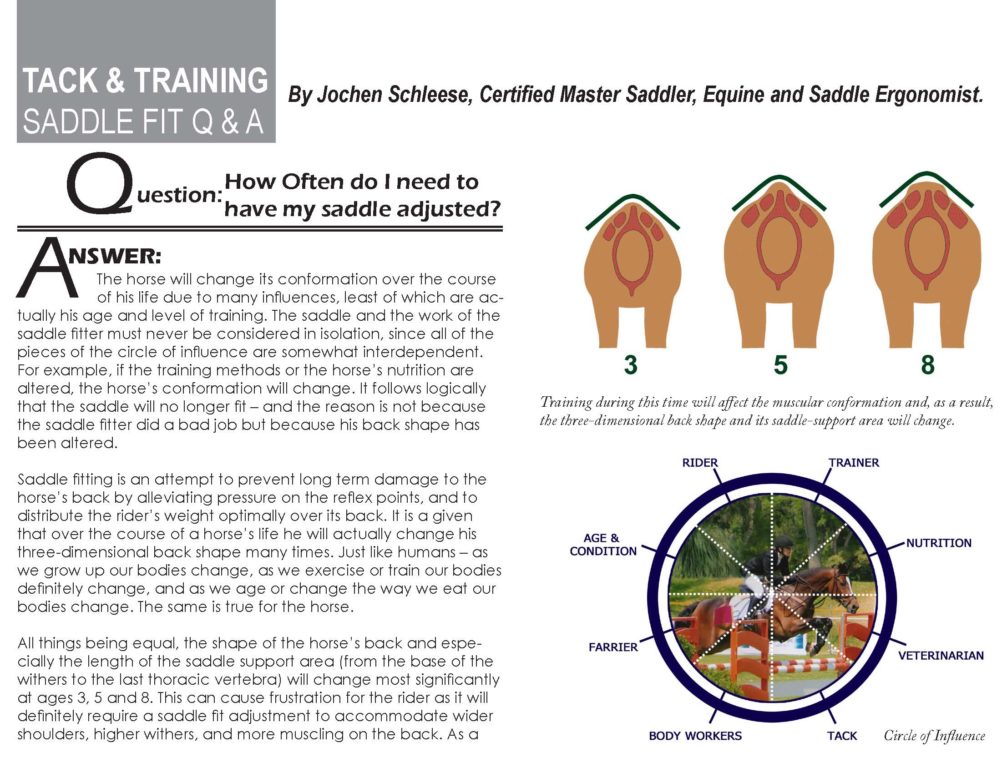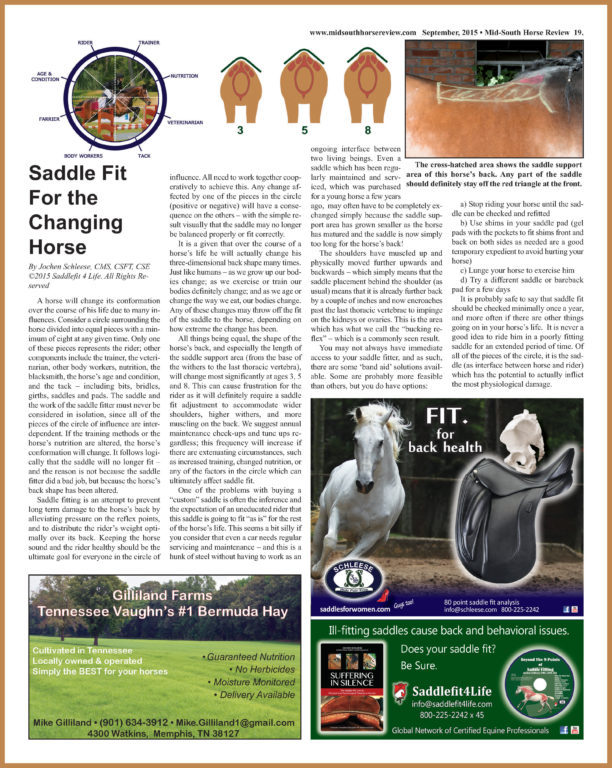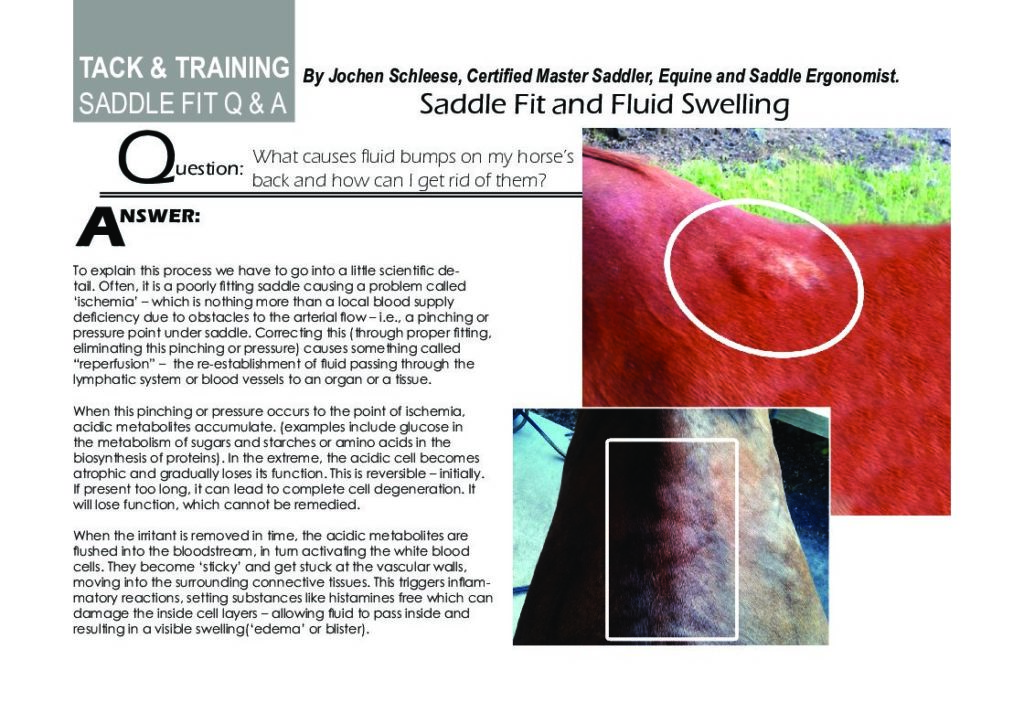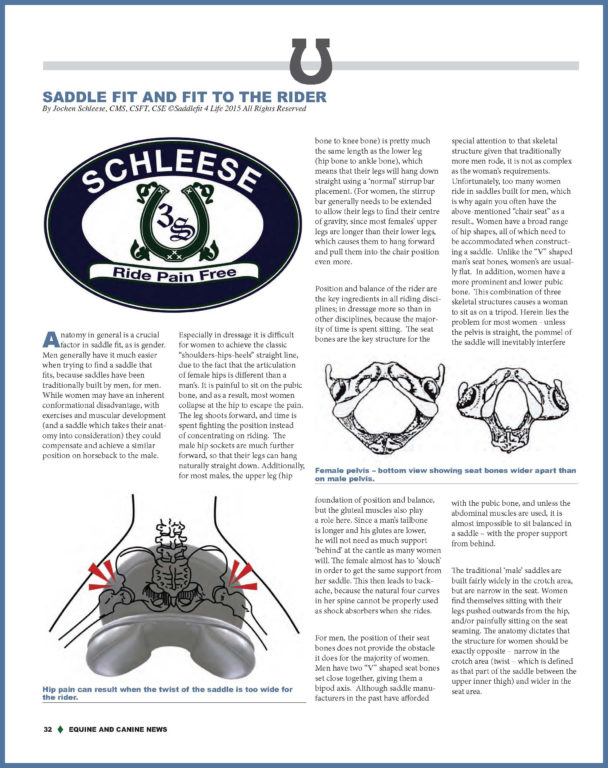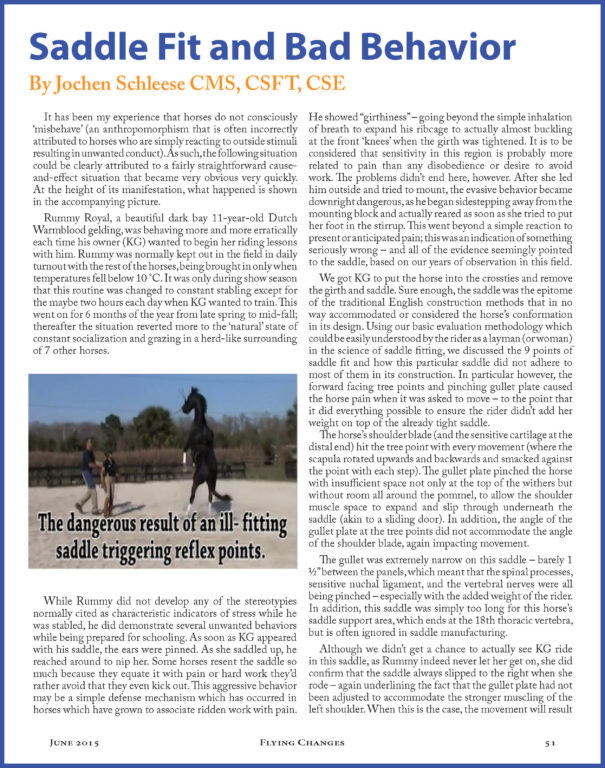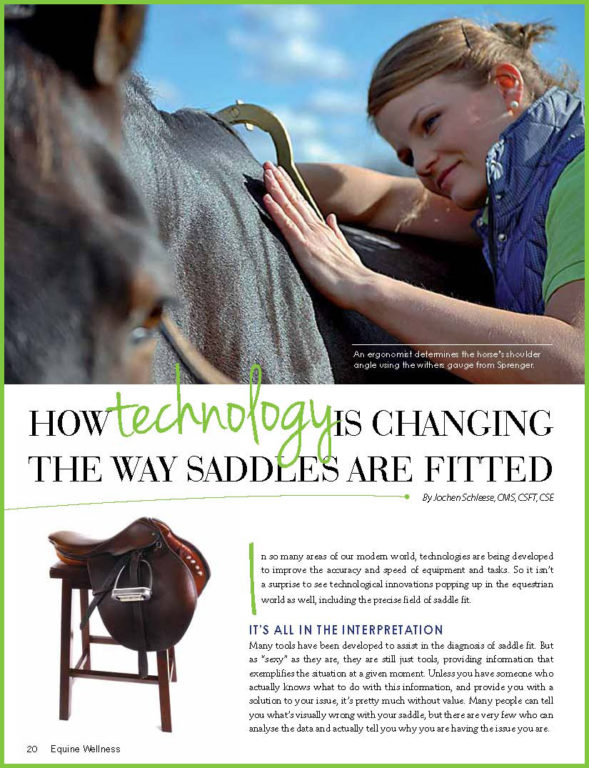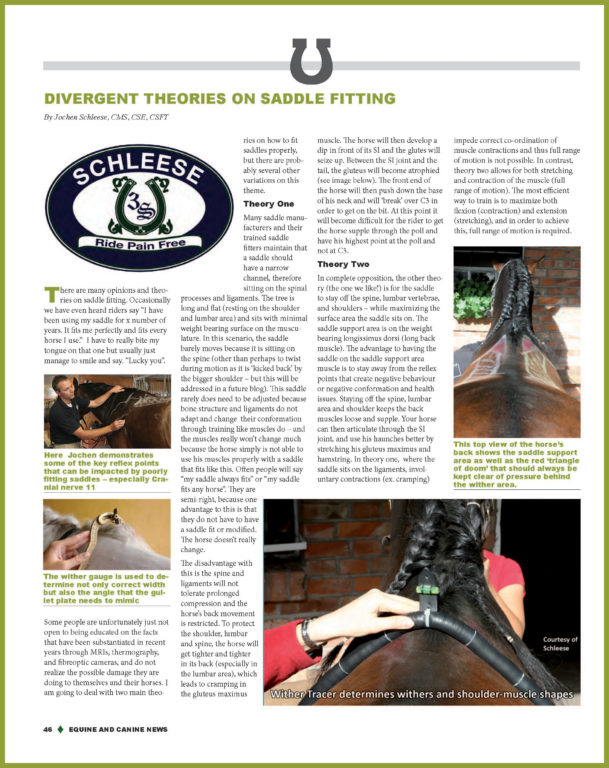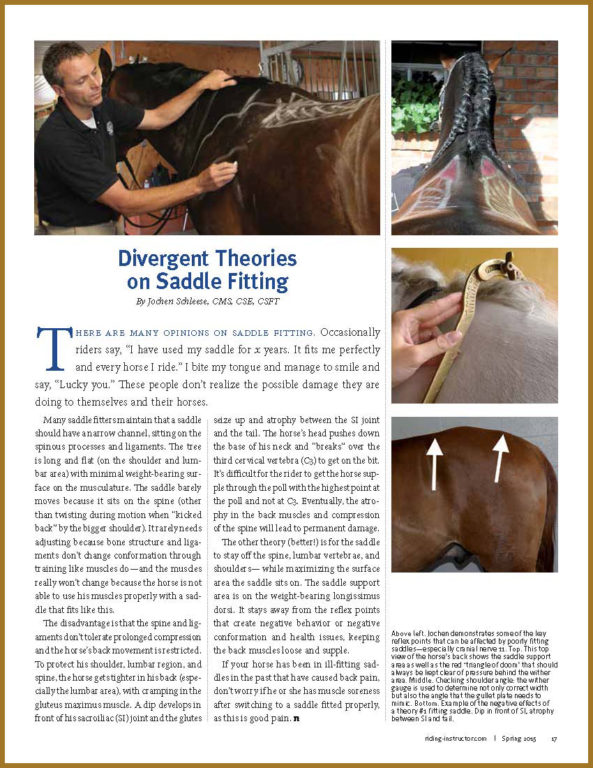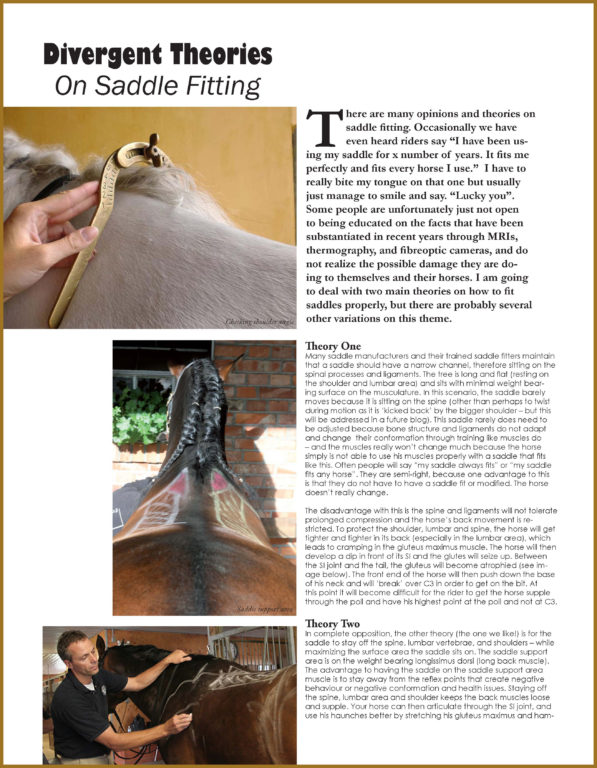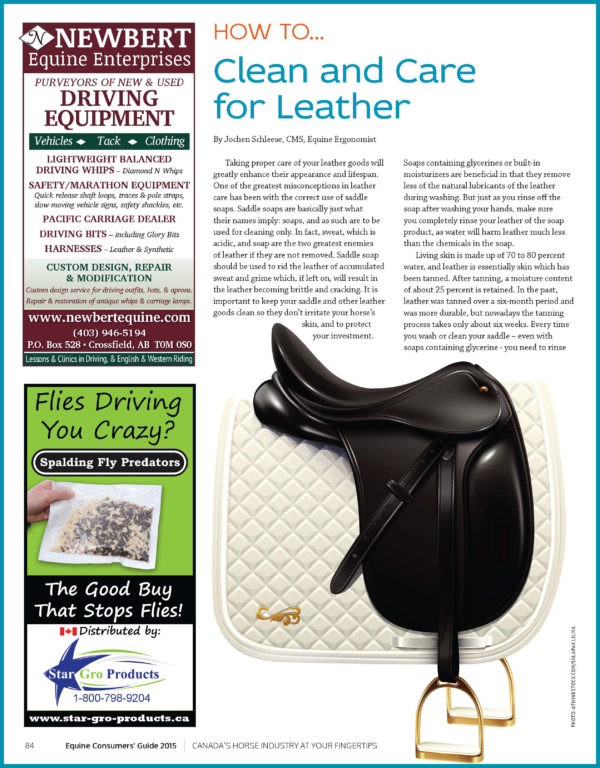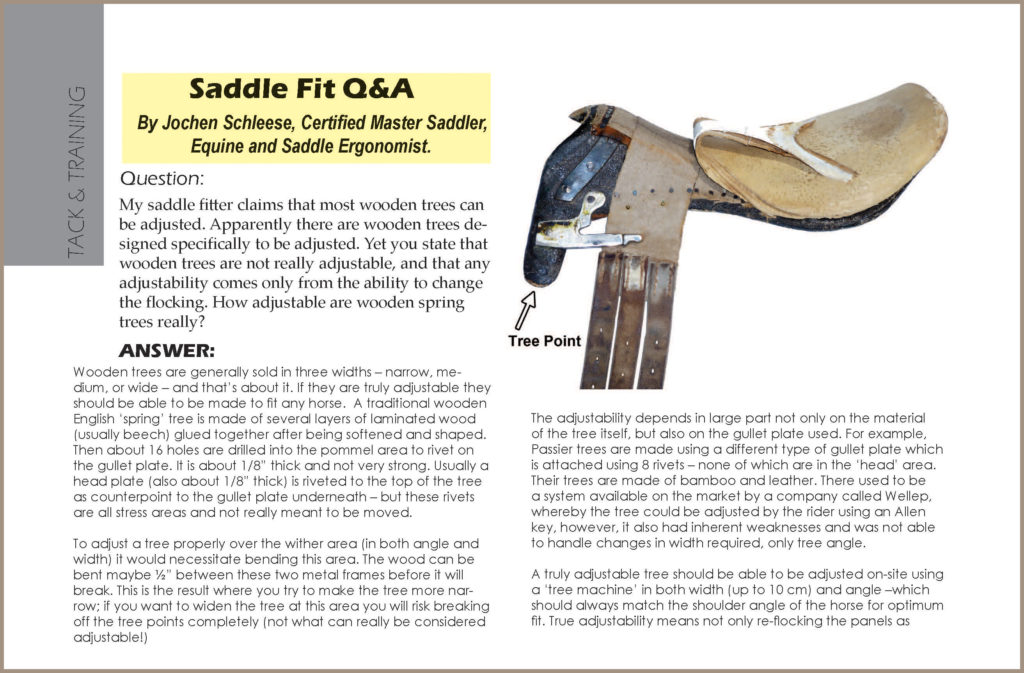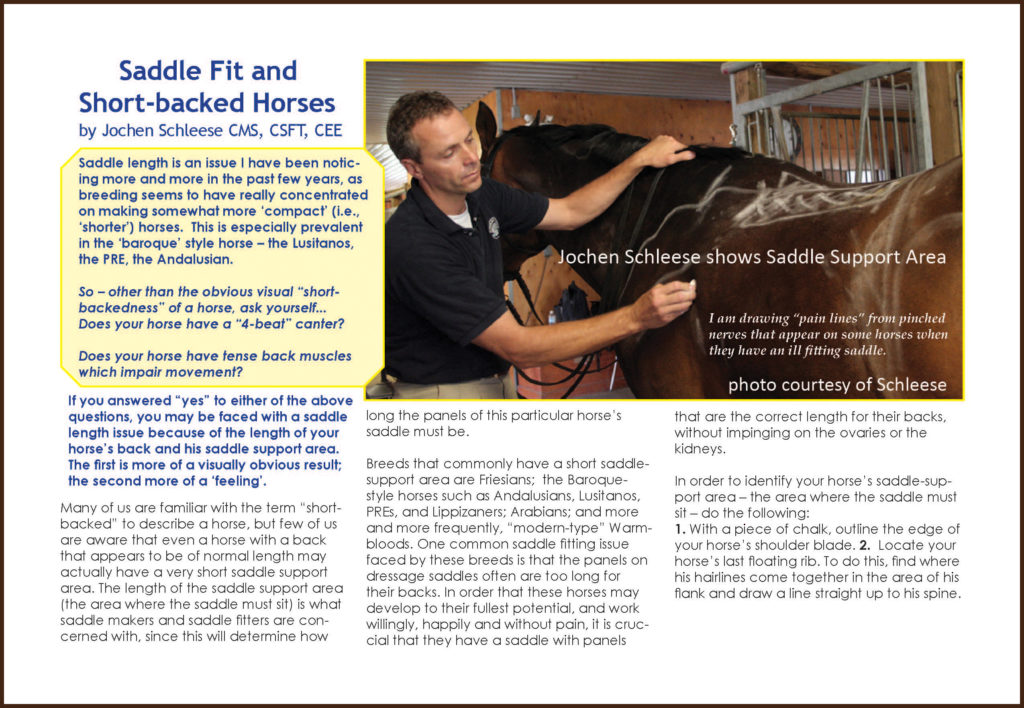- Equine and Canine News
One of the most misunderstood indicators of saddle fit – good or bad – are the sweat marks left behind after a ride and when the pad has been removed. Logic dictates that the dust pattern on your pad and the sweat marks on your horse should ideally look somewhat like the photos attached. The most dirt is accumulated where the most movement is: in the front shoulder moving back and
forth and in the back, where the back moves up and down. The quick explanation is that no dirt should show where the saddle hardly touches, such as the gullet or at the transition between sweat flap and panel. The white triangle under the front part of the saddle also indicates a good position and fit, because in this area the saddle should sit the most quietly without movement, since this is where most of your weight sits; i.e. no dirt accumulation and no movement. In nature, the horse carries the most weight on the forehand (60%) and if the rider mounts the horse this increases to about 75%. The reason why we want this white triangle in the saddle pad – it indicates that all effort has been made to free up the front and the back of the saddle so the horse can bring up its back,
engaging the hindquarters. The first step for the horse to shift the weight from the forehand to the back hand is to have this ability to bring up his back. Only then can he “pivot” his pelvis and step under with the hindquarters. By doing so, the horse is able to shift the weight from the forehand to the hindquarters, come up in front of the shoulder, and move freer and jump higher. Most of the movement on the saddle pad should show at the shoulder (front) and at the back, not under the triangle.
